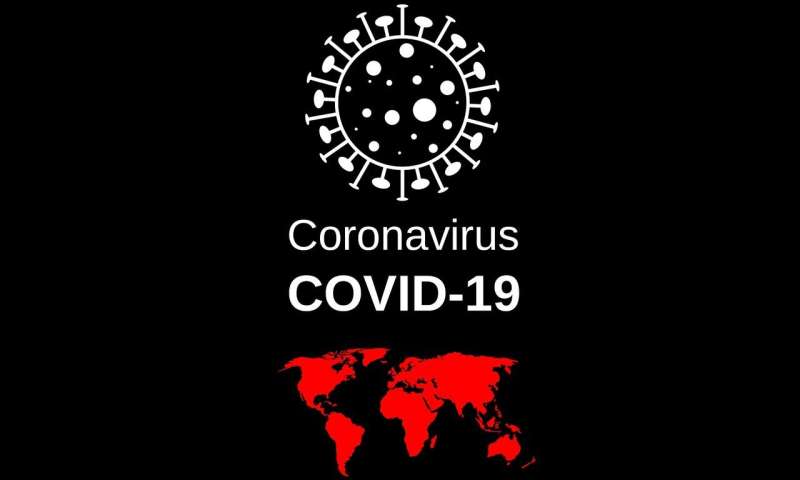Neurological complications of COVID-19 in children: rare, but patterns emerge


While neurological complications of COVID-19 in children are rare, in contrast to adults, an international expert review of positive neuroimaging findings in children with acute and post-infectious COVID-19 found that the most common abnormalities resembled immune-mediated patterns of disease involving the brain, spine, and nerves. Strokes, which are more commonly reported in adults with COVID-19, were much less frequently encountered in children. The study of 38 children, published in the journal Lancet, was the largest to date of central nervous system imaging manifestations of COVID-19 in children.
“Thanks to a major international collaboration, we found that neuroimaging manifestations of COVID-19 infection in children could range from mild to severe and that pre-existing conditions were usually absent,” says co-senior author Susan Palasis, MD, Division Head of Neuroradiology at Ann & Robert H. Lurie Children’s Hospital of Chicago and Associate Professor of Radiology at Northwestern University Feinberg School of Medicine. “Attention to the neurological effects of COVID-19 and recognition of neuroimaging manifestations that can be encountered in children can facilitate correct and timely diagnosis, mitigate the spread of disease, and prevent significant morbidity and mortality.”
In order to understand the neuroimaging findings encountered in clinical context, Dr. Palasis and colleagues divided the cases into four categories of disease based on the children’s symptoms and laboratory findings. In this way they were able to evaluate a large number of cases simultaneously and identify recurring neuroimaging patterns in the acute and post-infectious phases of disease.
Abnormal enhancement of spinal nerve roots on MRI was observed in many of the cases. This neuroimaging finding is typically seen with Guillain-Barré Syndrome (GBS), a post-infectious autoimmune disease. The study demonstrated that GBS associated with COVID-19 can present as an acute para-infectious process rather than the typical post-infectious neuronal injury.
Another significant observation was that cranial nerve enhancement was also frequently present.
“We noted that abnormal nerve enhancement did not always correlate with corresponding nerve symptoms,” says Dr. Palasis. “This indicates that neuroradiologists must perform targeted searches for unsuspected abnormalities, as they could be the clue that COVID-19 is the underlying cause of disease.”
Other findings that were frequently seen were areas of abnormality on MRI within a specific area of the brain, the splenium of the corpus callosum, and muscle inflammation. These were more frequently identified with multisystem inflammatory syndrome in children (MIS-C), a serious complication of COVID-19.
Myelitis, an infectious or post-infectious demyelinating condition of the spinal cord, was also a frequent pattern of disease. Most cases fell into the spectrum of a post-infectious process and the children were either normal on follow-up or had mild residual symptoms. One child developed a severe myelitis and ultimately became quadriplegic.
Source: Read Full Article




